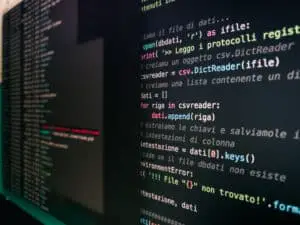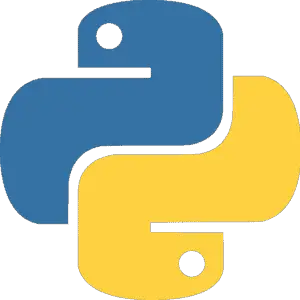Home »
Python: How to Check Whether a File or Directory Exists
In this article, we explain how to check whether a file or directory exists in Python and include some useful examples to help you get started. Python is a high-level programming language with dynamic semantics. Developed in the early 90s, and named after the Monty Python comedy troupe, it uses simple, easy-to-learn syntax and remains very popular amongst the programming community. It is particularly attractive for Rapid Application Development (RAD) and for its ability to connect existing components together. Python can be used for: server-side … Read more










